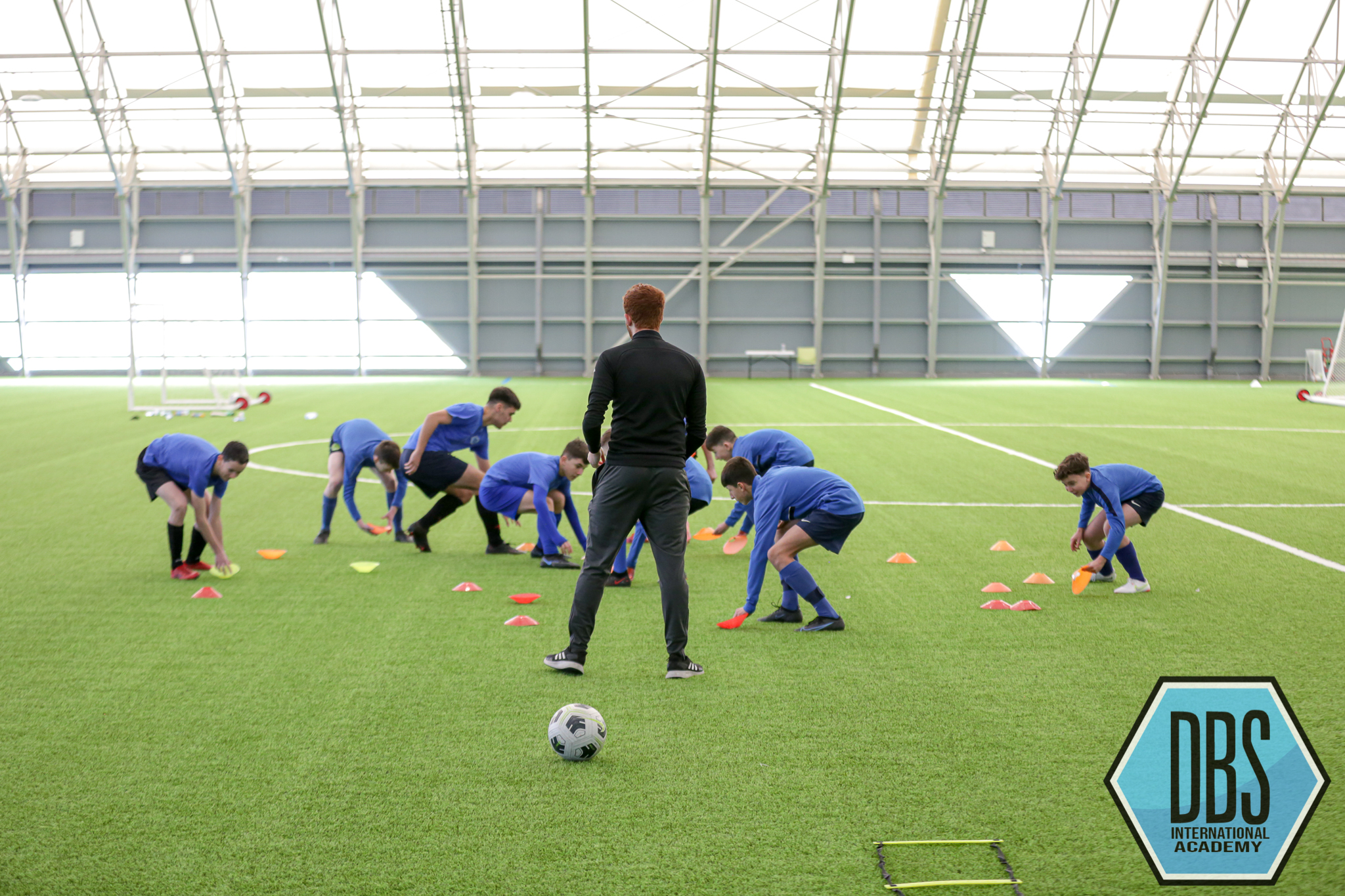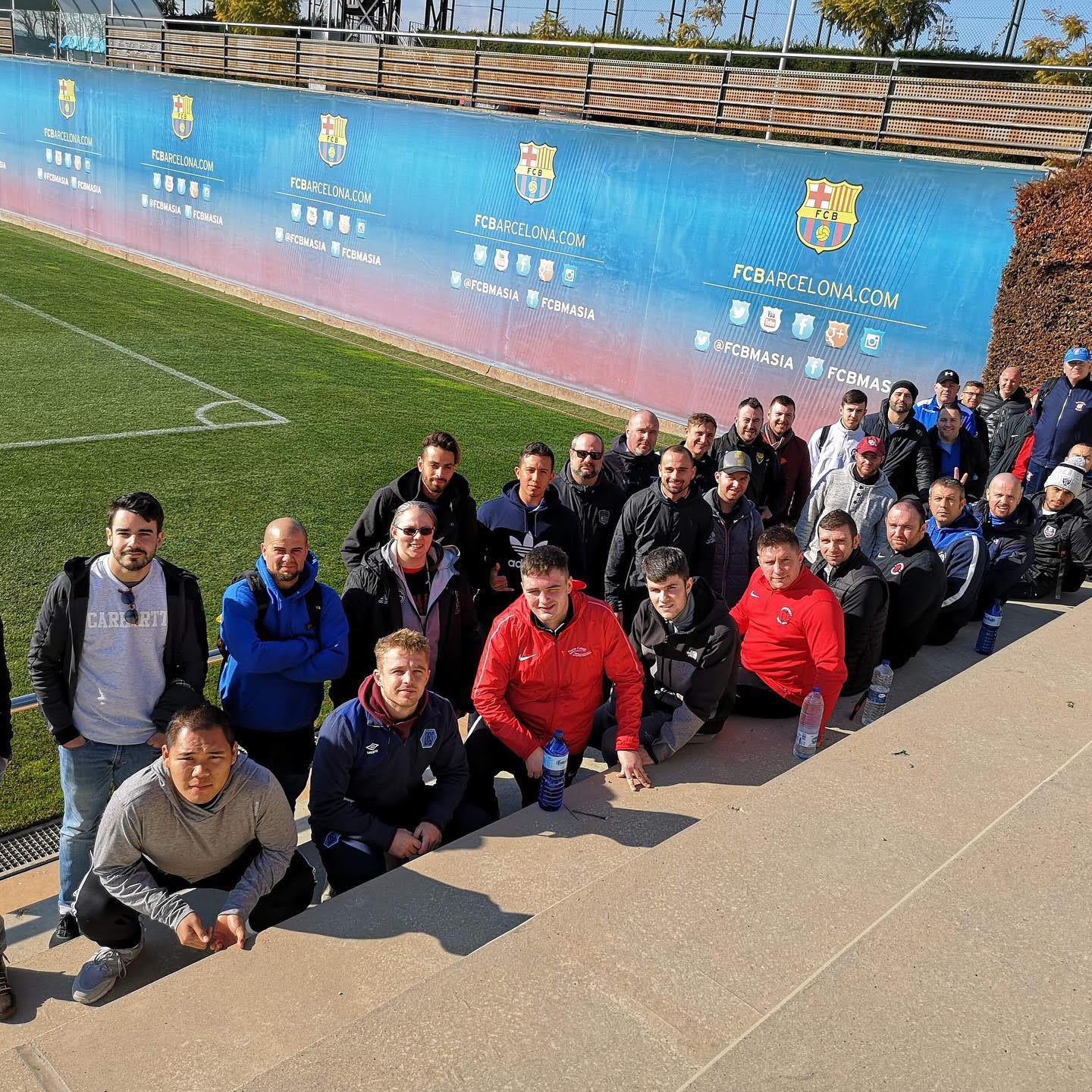Ever wondered just why the sporting powerhouse of the USA is so lagging behind the world in Soccer? They have the finances to find the facilities to produce the very best soccer players. Well luckily we have a fantastic article for our readers here written by Andrew Stewart. Stewart, who works for boostfutbol.com has allowed us to reproduce his article here. However you can view the original article and his website here.
Hey I have a question for you.”
Oh no, here it comes, says the American soccer fan.
“Why does the US stink at soccer?”
Yup, there it is. The question we (soccer fans in America) always expect to get from curious bystanders to the sport. I usually like to retort with a defense of the Men’s national team, citing the fact that we have advanced to the Round of 16 in the last two World Cups. Deep down though I know that many of those players weren’t even developed in the American soccer system. In both the summer and winter Olympics, the US is always the clear-cut winner across most sports in terms of our medal haul, but why can’t we do the same for soccer? We actually can’t blame fitness, facilities, or pool of players to draw from. The US national team is usually the fittest team at the World Cup; we have some of the best sports facilities in the world, and we have the most registered youth soccer players in the world. If we have the most registered youth players in the world, yet the MLS still isn’t the best league in the world and we can’t win a World Cup-then wouldn’t the fault lie with our youth development model?
Allow me to paint a mental picture for you so we can compare two different soccer cultures that I have experienced and how they compare to America’s. At the age of seven my family and I moved to a little island country known as Ireland. As some of you might not know, Ireland is a short fourty-five minute plane ride from the birthplace of soccer/football, the UK. Being in such close proximity to the home of one of the best soccer leagues in the world left the Irish nothing short of crazy about the game. After only a couple weeks of living there, I soon caught the fever as well. A typical day for me and my friends looked something like this:
Done with school at 3pm.
Walk around the neighborhood, gather all your friends.
Play football until dinner around 6pm.
Eat dinner as quickly as possible to get outside to play soccer again until it was dark out.
Most Irish neighborhoods, or “Estates” as they called them, had a large area of grass located at the center where all the children would come to play. This area was known to us simply as “the green,” and it’s where we played countless hours of “World Cup,” “Knockout,” “Heads and Volleys,” 6v6, 8v8, and even sometimes 11v11 games. There were no parents, no coaches, and no refs. We were addicted to the game and the game was kind enough to teach us in return for our dedication to it.
While growing up in Ireland most of my friends didn’t even play for a club until they were around 12 or 13. The club never had to teach the players how to trap, dribble, pass or shoot the ball as the players had already been doing that for 3–4 hours a day for seven years before even joining the team. Because players didn’t need to be taught the components of ball control, the coaches could then use training sessions to teach the players tactics, position play, and teamwork.
When my family moved back to the States, I ended up playing two years for a travel team, and then made a u18 Premier team (they had won NY State Cup the previous year) after only playing two years of “organized soccer.” Am I recommending this route to players? Absolutely not, they should be playing for a club as young as possible, however I tell my story to show growing up in Irish soccer culture was enough to equip me to play at the premier soccer level in the US. My argument here is that youth player development can’t just fall on a club and its coaches. A player needs to fall in love with the game, then they need to devote time, effort, and many practice hours by themselves and with friends in order to become a better soccer player.
Click here to read an excellent article about former Chelsea FC and Irish national, Damien Duff, describing how he used to practice around 30 hours a week as a young boy. He states he would even practice after games.
Moving on to the next soccer culture I have experienced-Brazil. Brazil is known across the world for having the most successful mens national team in the history of the World Cup. They have won the tournament a record five times,and produced some of the game’s greatest players along the way. While their league might not be up to par with the leagues in Europe, they still produce most of the top talent that plays in the European leagues. I have spent a total of six weeks in Brazil over the course of two summers playing soccer, and it was truly an eye opening experience.
Out of every country I have ever visited, Brazil was the most soccer crazed by far. I can’t even compare it to a sport here in the US, because there is no single sport that we love as a nation as much as Brazil loves football. Every where you look there are futsal courts, futebol socailite (7v7) fields, 11v11 fields, parking lots and other spaces that are used to play the game.
The most abundant surface we came across; however, were these roof sheltered futsal courts. Every town my team visited had a couple courts and they were always full of kids playing futsal. If there weren’t kids playing when we arrived, there were usually a dozen or so ready to play in a few minutes once they heard an American soccer team was here to play futsal.
PHOTO CAPTION: Brazil’s landscape is covered in these roof sheltered futsal courts.
Some of the technical talent that even the youngest kids on the court displayed was nothing short of remarkable. Over and over again, in every town we visited we experienced this phenomenon-little kids with little money, poor facilities, no parental or coaching supervision, all displaying ball manipulating skills similar to one of their idols, Neymar.
While in Brazil, my team got to play Ponte Preta u21s. Ponte Preta is the oldest football club established in Brazil still in activity. My team experienced all the things we had seen watching and playing with little Brazilian kids, but this time the skills were done at sprint speeds. Every player passed the ball crisply on the floor with one and two touch passes. I felt as if we were Norwich City playing Barcelona. I have never before or since been as physically and mentally drained as I had been after that game. We only lost 1–0, but we had about 30% possession of the ball and defended for our very lives.
The conclusion I came to after my time in Brazil was the same conclusion I came to from my experience living in Ireland-there is a direct correlation between a player’s technical ability and the amount of time they spend practicing and playing outside of their club practices and games. Why is Brazil so much better at soccer than Ireland you might ask? (Some sports research studies argue that futsal is Brazil’s secret development tool, but I’ll save futsal for another blog post.) I think this can be largely attributed to the player pool that Brazil can draw from. Ireland has a population of 4.6 million vs Brazil’s population of 200.4 million. In Ireland I experienced constant soccer; in Brazil I experienced constant futsal, street soccer, and pro soccer. I saw how practicing and playing all the time by yourself and with friends can drastically improve your skills. When a player comes to a coach and already has mastery of the ball, then tactics can be introduced at a younger age and then you end up with a team like the u21s I played in Brazil.
America can become a soccer superpower, but how we view youth development has to change. Kids NEED to spend many hours outside of practice working on things they aren’t good at. I know parents will argue that the time period kids are growing up in now is different than in the past. People can’t be trusted, certain areas of town might be unsafe, and kids don’t get out and play like they used to. Valid points, but I think it’s your job as a parent to limit your child’s time on iPhone’s, iPad’s, and TV. Get them outside. Tell them to get their friends, gather in a group (if you’re concerned about safety) and go to the local park. Tell them to get outside and work on their foot skills and juggling skills in the street, backyard, or driveway. My brothers and I have all played or are playing collegiate soccer and to only get to this level we had to spend at least an hour a day practicing.
Maybe you’re a parent reading this blog, or maybe you’re a kid and you have no idea where to start when I say “get outside and practice.” Well, this is exactly why my brothers and I have created Boost Futbol. We have seen the importance and benefits of daily training and have been doing it for years. We wanted to give back to the game as best as we know how, and that’s through sharing training videos and writing blogs such as these to educate people on how they can become better soccer players. Am I advocating getting away from premier clubs and premier coaching? Absolutely not, I am arguing that soccer is more than just going to club practice. It should be something that kids want to do on their own. Until we make it something that is fun and our own, we can’t really have our own soccer identity as a country and we won’t be considered among the soccer elite.
And there we have it, a fine article by Andrew. We would like to thank him again for allowing us to reproduce this fine piece of here here on our own blog.





One Response
Really great info can be found on website.Blog monetyze